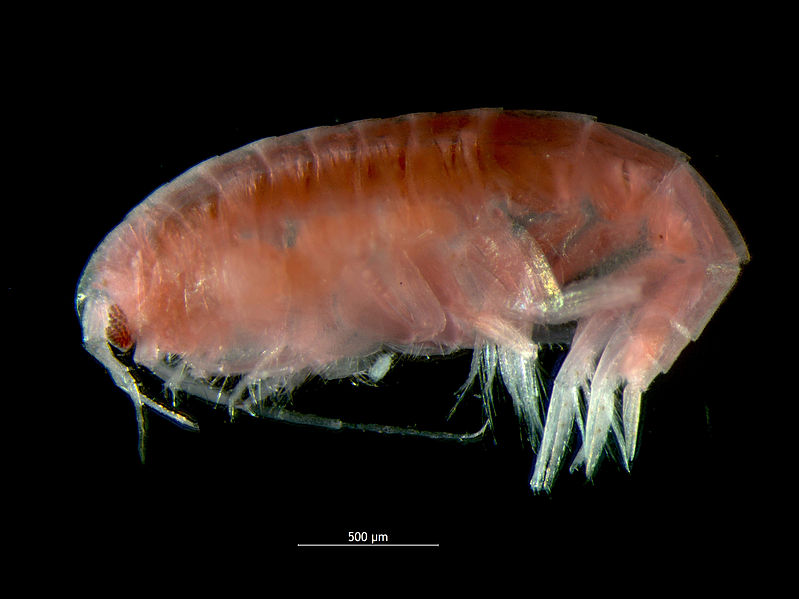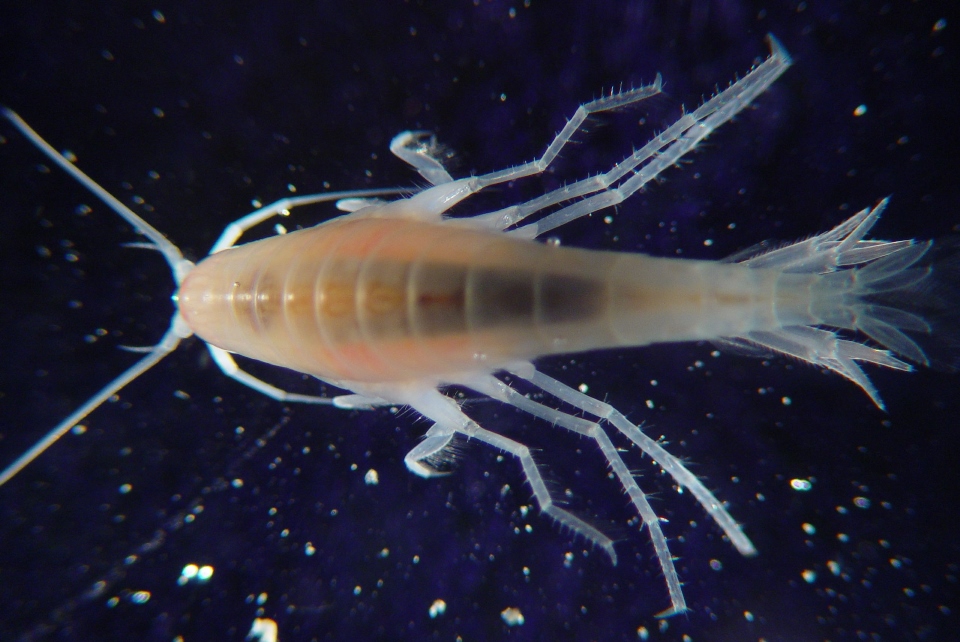Plastics are found in the stomachs of cattle, deer, shark bodies and other marine animals. Many animals die from plastic ingestion or stuck in plastic waste. Microplastics have been discovered in rain samples.
Scientists have found that crustaceans living in the deepest parts of the oceans, such as the Mariana Trench, engulf microplastics. Researchers from the Newcaste University collected samples from a depth of 7,000-11,000 meters (23,000-36,000 feet). The vast majority of amphipod intestines, crustacean similar to shrimps, contained microplastics.

The samples were examined in the regions of Peru, Chile and Japan and 72% of them had microplastic particles in the intestines.
Alan Jamieson, a Newcastle University study author said, “If you contaminate the river, it can be a deep point of the oceans, it just sits there.”
From the Crustacean’s Stomach to the Human One
Due to the food chain, microplastics from the crustacean can get into other animals that eat crustaceans. After all, they can be transmitted to the human stomach, too.
An average person can absorb up to 121,000 plastic particles from food and drinks per year. Food chain is one of the way ho we can eat more microplastics unknowingly.
Will There Be a Place Without Plastics Ever?
Biologists feel regret that it will be virtually impossible to explore animals in their natural state.
“We have no baseline to measure them against. There is no data about them in their pristine state. The more you think about it, the more depressing it is,” says Alan Jamieson.

Other artificial and natural fibers were also found in the depths.
It is estimated that 322 million tons of plastic are produced annually, with over 5 trillion plastic pieces currently weighing over 250,000 tons. In 2010 alone, 4.8–12.7 million tons were released into the ocean and this is set to increase by magnitude by 2025.
As such, plastics are probably the clearest indicator of the harmful impact of mankind on the oceans.
Source & credit: http://www.trueactivist.com/crustaceans-living-in-the-deepest-parts-of-the-sea-have-been-ingesting-micro-plastics-t1/, wikipedia.org, flicrk.com















